Philippines’ role in Southeast Asia’s energy transition

The momentum for renewable energy is accelerating in the Philippines—and for good reason. The country recently ranked second among emerging markets in BloombergNEF’s Climatescope report, affirming its readiness as a serious investment destination for renewable energy.
The investor confidence reflects the country’s growing ambitions. The question is no longer whether the Philippines is ready for energy investments, but how we ensure these investments deliver impact across society: spanning national infrastructure, community-based renewables, and household solutions.
A successful energy transition must be inclusive not only by design but also in implementation.
In many ways, the Philippines offers a compelling case for regional and global energy investors. It’s neither Southeast Asia’s biggest emitter nor largest fossil fuel producer, but its strong policies and unique market setup make it a valuable model for energy transition—and a smart base for investment.
First, the country’s drive toward energy independence creates both need and opportunity. Unlike its neighbors, the Philippines is a net importer of coal, oil, and gas—operating in a liberalized energy market, but with indirect subsidies in the form of automatic fuel pass-through. This means the country pays the true cost of fossil reliance, making renewables not just an environmental priority, but also an economic imperative. Strategic investments in renewables can reduce import dependence, protect the economy from global price volatility, and foster a more self-reliant energy system.
Second, its archipelagic geography is ideal for decentralized and distributed energy systems. Centralized grid expansion in remote and island communities is often impractical and expensive. But solar, wind, and storage technologies offer affordable, reliable, and resilient alternatives.
Third, the Philippines stands out in Southeast Asia for its transparent and data-rich energy sector. Reforms under the Electric Power Industry Reform Act, alongside initiatives from the Independent Electricity Market Operator of the Philippines (IEMOP), have enabled stakeholders to access detailed generation data and real-time market behavior—promoting greater visibility, accountability, and evidence-based policymaking.
Lastly, the Philippines holds abundant renewable energy resources and a strong foundation, having once surpassed a 50 percent renewable energy share in the 1980s. Today, it ranks third globally in geothermal capacity and possesses over 58.11 gigawatt of solar potential and 170 GW in offshore wind. With the right investments, this potential can be harnessed to meet rising demand, lower electricity costs, and power a sustainable future.
This potential is already being translated into action. As of April 2025, the Department of Energy awarded 1,392 renewable energy service contracts with a combined potential capacity of 152 GW.
Simulations by IEMOP show that if these projects are realized and renewables remain prioritized, spot market prices could fall significantly to P0.28/kilowatt-hour in Luzon, P0.48/kWh in Visayas, and PH0.36/kWh in Mindanao by 2050.
These projected savings, combined with reduced exposure to volatile global fossil fuel markets, make a strong economic case for adopting more renewable energy sources in the Philippines, potentially leading to more affordable and predictable electricity for millions of Filipinos. But to achieve this, grid enhancements such as storage, flexible capacity, and demand-side management must be accelerated to support a high-renewables scenario.
However, for the transition to succeed—and to truly reflect its “just” character—investment must not only scale upward but also broaden outward.
Across the country, local governments are already showcasing inclusive energy development. Municipal buildings are being solarized, cooperatives and small businesses are managing operational costs through renewable energy, and communities are seeking sustainable access solutions.
What these actors need is not motivation, but support. Concessional finance and blended financing instruments, when designed with communities, small enterprises, and local governments in mind, can create pathways for meaningful participation in the energy transition.
Public understanding must also keep evolving. The misconception that renewable energy is inherently unreliable persists, but this narrative is slowly shifting.
The Philippines is ready. The foundation is here: sound policies, strong institutional progress, investor confidence, and growing demand for renewable energy solutions.
To make this transition truly work, we must ensure it reaches more people, in more places from large-scale projects to last-mile communities.
—————-
Angelo Kairos dela Cruz is the executive director of the Institute for Climate and Sustainable Cities (ICSC). He recently spoke in a media briefing on energy investments, alongside the Department of Energy and GIZ Philippines.




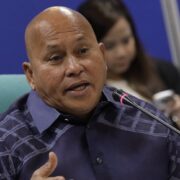
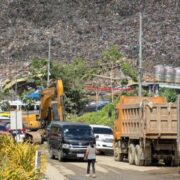
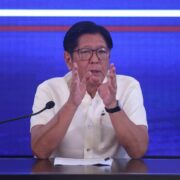




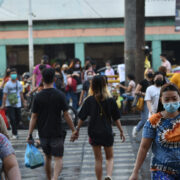


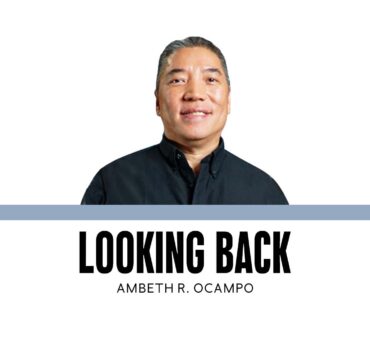


Wi-Fi before water?